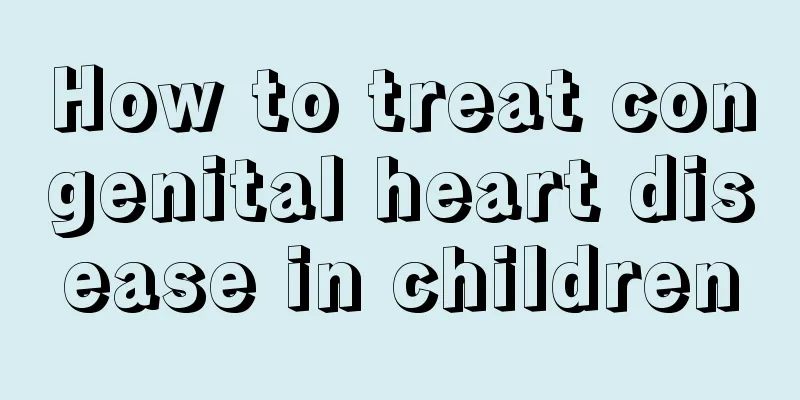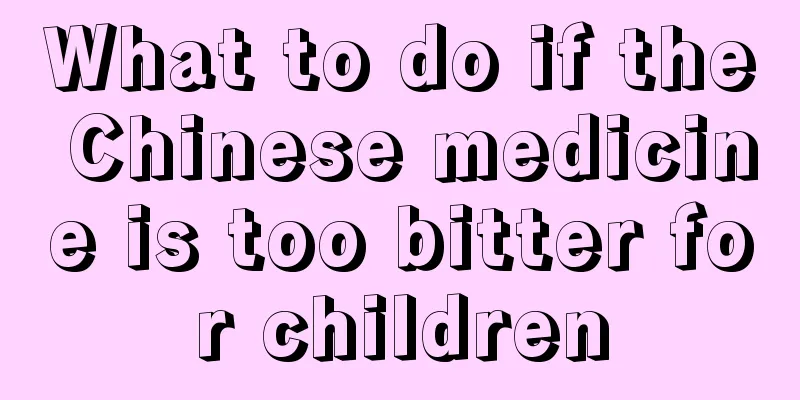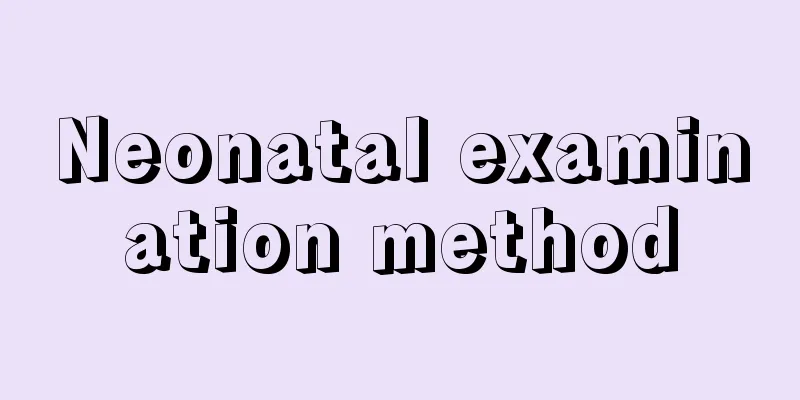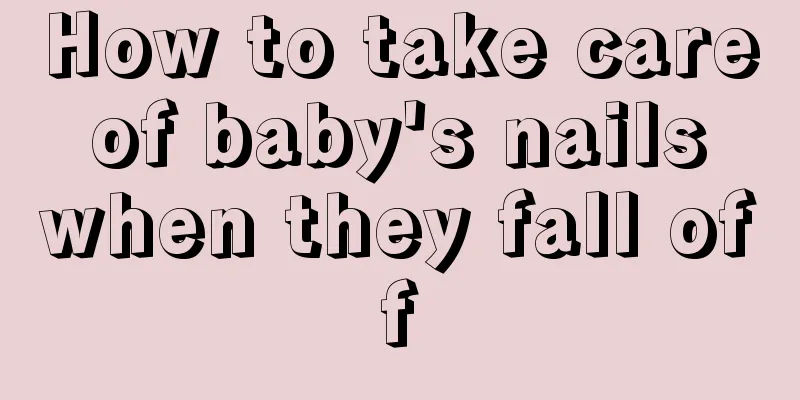How to treat congenital heart disease in children

|
If a child has congenital heart disease, the family must be very anxious. Therefore, it is very important for the family of the sick child to understand the treatment methods of congenital heart disease in young children. So how to treat congenital heart disease in young children? The following article will introduce the treatment methods for congenital heart disease in young children for your reference only. Please see the detailed introduction below. Congenital heart disease in young children is the most common type of congenital malformation, accounting for about 28% of all congenital malformations. It refers to anatomical abnormalities caused by formation disorders or developmental abnormalities of the heart and large blood vessels during embryonic development, or the failure of channels that should close automatically after birth to close (normal in the fetus). Generally, only a few types of congenital heart disease in young children can recover naturally. For others, complications will gradually increase and the condition will gradually worsen with age. The choice of treatment and the correct timing of surgery mainly depend on the scope and degree of congenital heart malformation. Simple and mild malformations such as atrial septal defect and simple pulmonary valve stenosis have no obvious effect on hemodynamics if the defect diameter is small, and no treatment is required for life. Severe congenital heart diseases such as complete transposition of the great arteries or hypoplastic left heart syndrome must be treated with surgery immediately after birth or the baby will not survive. Treatment of congenital heart disease in children: There are many types of treatment, including surgical treatment, interventional treatment and drug treatment. The choice of treatment and when is the most appropriate time for surgery should be based on the condition of the child, and the cardiologist should make recommendations based on the specific circumstances of the child. For patients with no shunt or left-to-right shunt, timely surgery can produce good results and a better prognosis. For patients with right-to-left shunt or complex malformations, and those with more serious conditions, surgery is complex and difficult. Some patients cannot be completely corrected due to imperfect development of certain heart structures, and can only undergo palliative surgery to alleviate symptoms and improve quality of life. The surgical method for congenital heart disease is mainly determined based on comprehensive factors such as the type of heart malformation and the degree of pathophysiological changes. The surgical methods can be divided into three categories: radical surgery, palliative surgery, and heart transplantation. 1. Radical surgery: can restore the patient's heart anatomy to a normal structure. 2. Palliative surgery: It can only improve symptoms but not cure the disease. It is mainly used for complex congenital heart disease that currently has no cure, such as modified surgery, or as a preparatory surgery to promote the growth and development of the original underdeveloped structure and create conditions for radical surgery, such as systemic-pulmonary shunt. 3. Heart transplantation: Mainly used for terminal heart disease and complex congenital heart disease that cannot be treated with current surgical methods. The above is an introduction on how to treat congenital heart disease in young children. Although there is a certain chance that congenital heart disease in young children can heal itself, parents cannot rely on luck. Therefore, when a child is found to have congenital heart disease, he should go to the hospital in time for symptomatic treatment. The earlier the congenital heart disease is treated, the more beneficial it will be for the child's recovery. |
<<: There is a bump on the back of my head, what's going on?
>>: Why is my baby having a runny nose?
Recommend
What should I do if my baby has repeated fever due to bronchitis?
Baby fever is a common symptom. There are many re...
Babies love to eat snacks, which hurts their spleen and stomach. Parents should know these three hazards
For most babies, snacks are their favorite. Many ...
What are the warm-up exercises for children?
Now, with the improvement of the quality of life,...
How to prevent shazi in young children
The growth and development of young children is v...
What should I do if my child has a persistent fever?
In many cases, children's fever will not go a...
What to do if your newborn is easily frightened
After a newborn is frightened, you must call out ...
What is the reason why baby sweats with sour smell?
It is a normal reaction for babies to sweat durin...
Does Kawasaki disease affect life expectancy?
Kawasaki disease is a disease that troubles the l...
Can babies get the chickenpox vaccine if they have a fever?
When the baby feels unwell, parents must relieve ...
What to do if it is difficult to feed medicine to your baby
When a baby is sick and feels uncomfortable, and ...
Prevention of red pimples on the baby's face
Many children are inevitably affected by the skin...
Why are baby's eyes yellow?
We all know that the eyeballs are generally black...
Three-year-old child has diarrhea
Parents will be very anxious if their children sh...
The dangers of tympanitis in children
Tympanitis is a very common disease. This type of...
What to do if your child has a fever
Children are very lively and active, and often pl...









